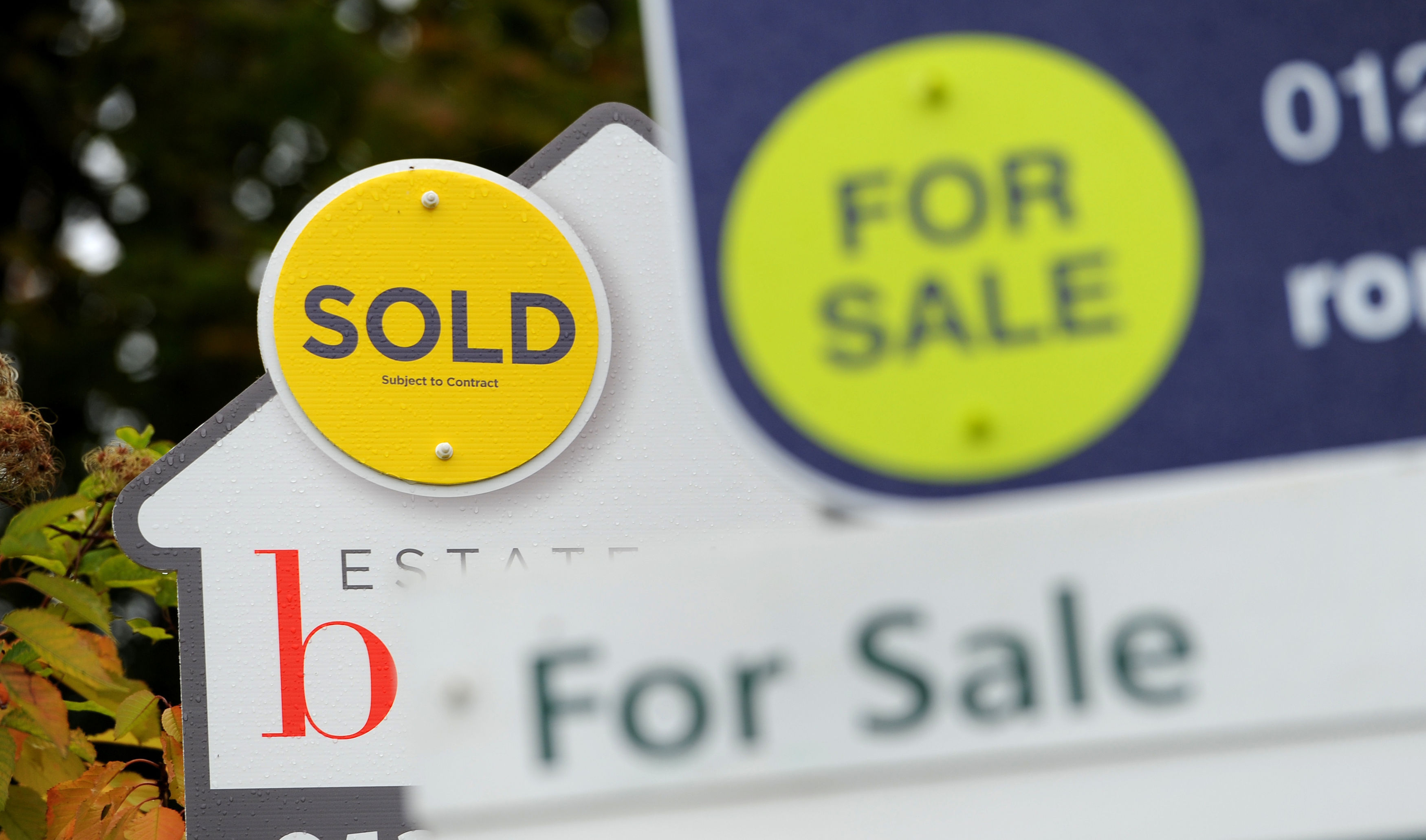
NEARLY half of 18 to 35 year-olds are banking on a partner to help them get onto the property ladder, according to research.
Some 45% of people in this age group intend to buy their first home with a partner or loved one or already have, Halifax found.
Men were twice as likely than women to say that not being able to buy with someone else is a barrier to getting on the property ladder, according to the research.
Overall, 13% in this age group feel this way, comprising 18% of men and 9% of women.
A lack of income was seen as the biggest barrier for young people getting on the property ladder, with 55% of men blaming their salaries, compared with 70% of women.
Martin Ellis, a housing economist at Halifax, said: “It’s not difficult to see why so many young people are now waiting for a partner to take their first step onto the property ladder, as the average UK first-time buyer deposit reached a whopping £32,899 earlier this year.
“With many people trying to fund day to day living while saving for a deposit for a first home may not even be able to imagine raising this amount of cash on top of all their regular outgoings, first-time buyers in the UK are still on average £651 a year better off buying their own home compared to renting.
“Getting to grips with the property market jargon, calculating what’s affordable and understanding borrowing options available – including Government schemes – will help bring people looking to own their own home closer to the first step, no matter how far away they feel they are from reaching that first rung.”
More than 1,500 people took part in the survey.
Here are tips from Halifax for getting on the property ladder:
- Try out online calculators and tools to work out how much you could borrow, how much deposit you would need and what monthly payments would be.
- Work out the different mortgage options available, which could involve speaking to a mortgage adviser. Some mortgages aimed at first-time buyers only require a 5% deposit, while some need another person to guarantee the mortgage, for example.
- Do your research on any schemes or incentives that could make buying a property in the area you want more affordable, such as shared equity.
- Make a budget to work out your monthly outgoings and what kind of mortgage you can afford.
- Check your credit score a year before you plan to get a mortgage and keep track of it throughout the year to ensure you get the best start.

Enjoy the convenience of having The Sunday Post delivered as a digital ePaper straight to your smartphone, tablet or computer.
Subscribe for only £5.49 a month and enjoy all the benefits of the printed paper as a digital replica.
Subscribe